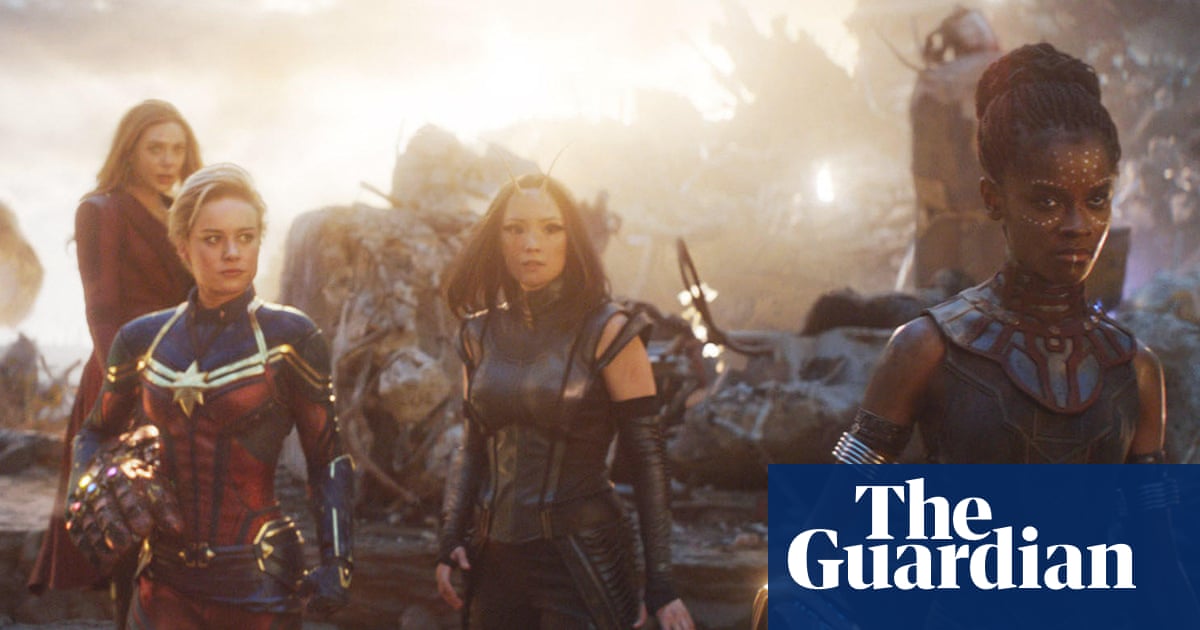Scarlett Johansson and a decade of gender politics in the Marvel universe - 3 minutes read

In the history of Hollywood, there are far worse moments than the deeply cringeworthy one in Iron Man 2 when Tony Stark eyes up Black Widow and tells his aide: “I want one.” Anyone who has hit play on Pulp Fiction in recent years, only to find themselves squirming during the scene in which the director shows up as a character who liberally drops the N-word will be well aware that some moments are almost enough to make you switch off a once-beloved classic. (Let’s not even mention the masturbation scene in The Exorcist, starring a 13-year-old Linda Blair.)
But what’s different about that offending scene in Iron Man 2, which Scarlett Johansson condemned this week, is that the film feels far more closely connected to the current time. It is more recent, of course, but it is also part of a film series that continues to unfold, largely with the same actors playing the same characters. Both Johansson and Robert Downey Jr will return in forthcoming prequel Black Widow. The fact that the Iron Man 2 scene – now noticeably jarring – was apparently acceptable as recently as 2010 is symptomatic of the radical change both Hollywood and wider culture have been through.
Why did Marvel’s screenwriters make Stark such a lech in the early Iron Man movies? From the minute we meet him the billionaire arms manufacturer is bedding and discarding beautiful women like your stereotypical alpha-male playboy. He’s doing it in 2008’s Iron Man, in which Ivy League-educated reporter Christine Everhart finds herself waking up alone in Stark’s high-tech mansion, only to be told she is “trash” by Stark’s assistant. And he’s still up to his tricks in 2013’s Iron Man 3, though the key scene here is a flashback to an earlier period in which Rebecca Hall’s Maya Hansen is the woman who he cannot be bothered to have breakfast with after a New Year’s Eve tumble.
These scenes are all part of Stark’s journey from cocky jerk to tragic hero over the course of the Marvel movies. But we can’t help thinking there ought to have been another way to chart such growth that didn’t involve reducing so many female cast members to mere sex objects. Moreover, it’s quite clear that Stark’s womanising is intended to showcase his charismatic appeal – there are rarely, if ever, any downsides to his philandering.
Marvel in 2021 is the last studio likely to come in for criticism over failing to prioritise its female stars. Tessa Thompson’s Valkyrie is the current king of Asgard, while Natalie Portman’s Jane Foster is about to take over from Chris Hemsworth as the new Thor in the upcoming Thor: Love and Thunder. Johansson has her own Black Widow movie and Brie Larson’s Captain Marvel is the most powerful superhero in the universe.
But even so, the next time you sit down for a Marvel movie marathon on Disney+, it’s worth taking note of how profoundly the saga has changed in the last 13 years. You might just notice that watching the entire 23-movie catalogue, plus the attendant spin-off TV series, is an experience in which we can almost see the base point of gender politics shifting before our very eyes.
Source: The Guardian
Powered by NewsAPI.org